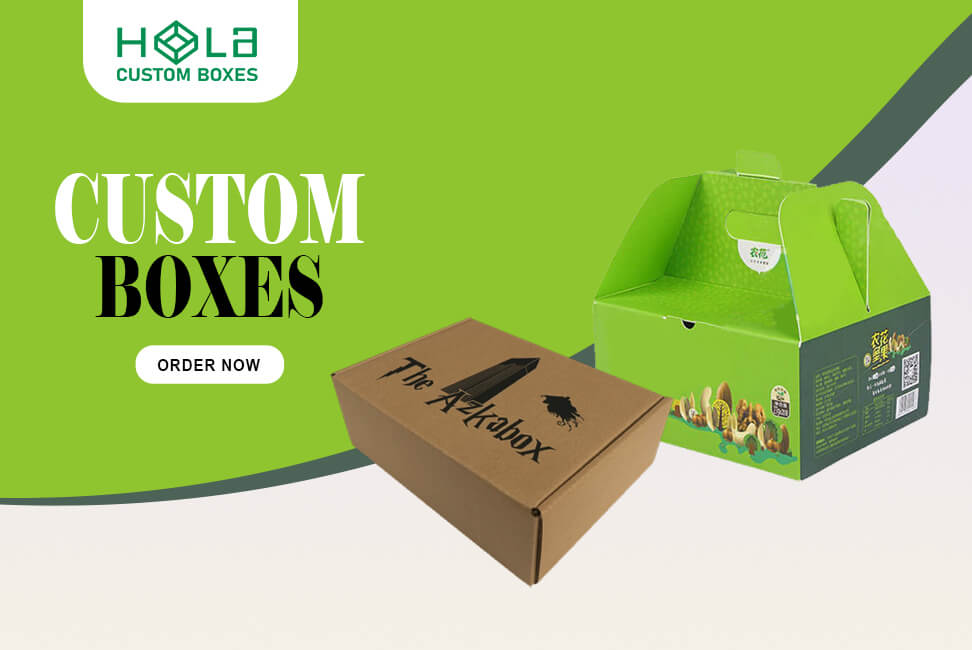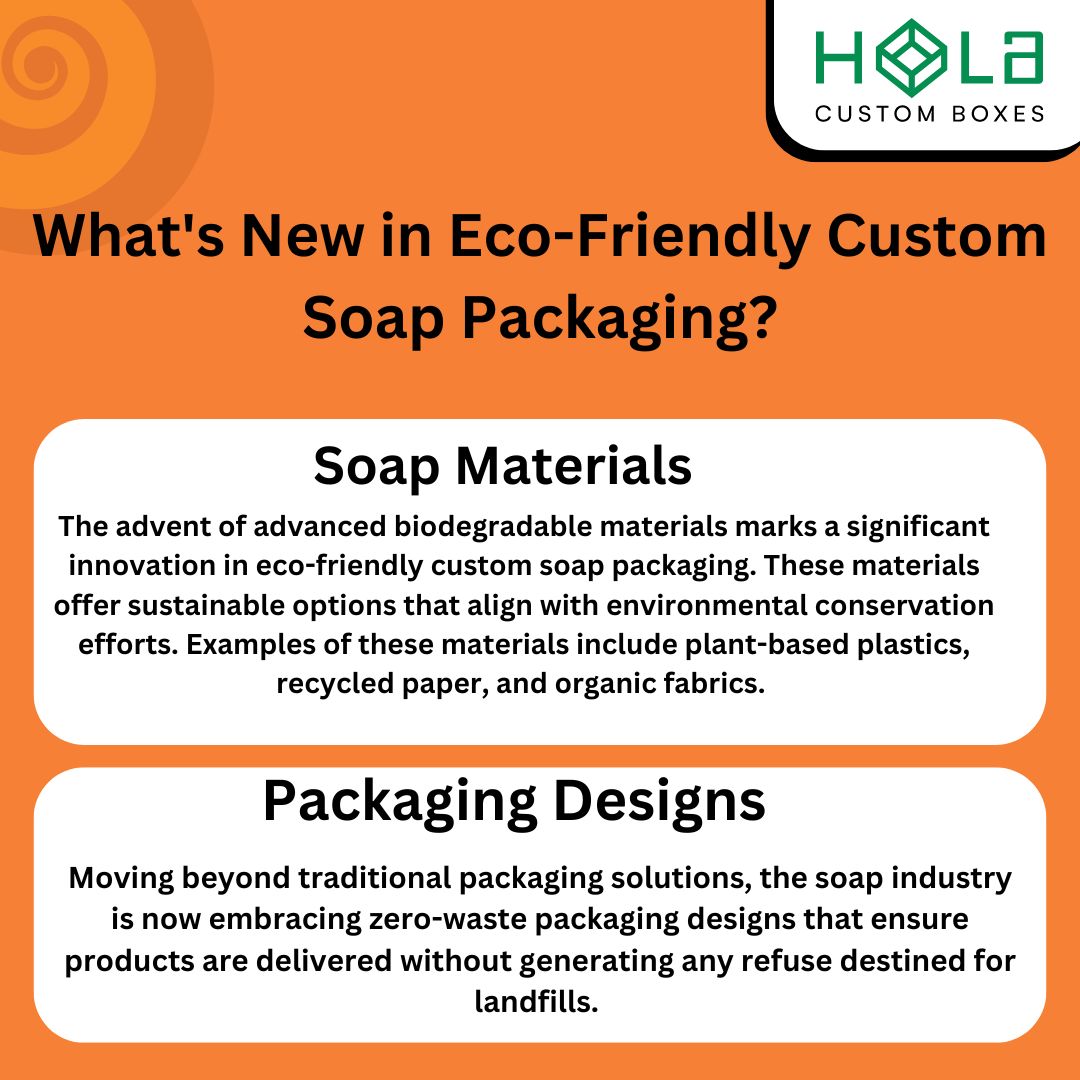What's New in Eco-Friendly Custom Soap Packaging?
2025-08-11 14:50:11
In the ever-evolving landscape of sustainable packaging, the soap industry is witnessing a transformative wave of eco-friendly solutions. Recent advancements focus on minimizing environmental impact while maintaining aesthetic appeal and functionality.
Innovations in biodegradable materials have led to the development of compostable wrappers and containers that degrade without leaving harmful residues. Moreover, zero-waste packaging designs are being adopted, emphasizing reusability and lifecycle extension. Plantable packaging, infused with seeds, offers a unique value proposition by turning waste into greenery.
Breakthroughs in recycled materials also contribute to the circular economy, reducing the need for virgin resources. Additionally, sustainable printing practices utilizing soy or vegetable-based inks and natural dyes are becoming standard, further solidifying the commitment to eco-conscious branding.
These contemporary trends in custom soap packaging reflect a robust movement towards environmental stewardship and responsible consumerism.
Key Takeaways
- Biodegradable materials innovations, such as plant-based plastics and recycled paper, are being embraced in the soap packaging industry.
- Zero-waste packaging designs, like compostable wrappers and reusable containers, are being implemented to reduce landfill waste and promote a circular economy.
- Plantable soap packaging options, which involve embedding seeds in biodegradable paper, are gaining popularity as they minimize waste and contribute to biodiversity.
- Recycled packaging breakthroughs, including water-resistant coatings for paperboard and clearer recycled plastic packaging, are promoting sustainability and reducing the environmental footprint of soap products.
Biodegradable Soap Materials Innovations

The advent of advanced biodegradable materials marks a significant innovation in eco-friendly custom soap packaging. These materials offer sustainable options that align with environmental conservation efforts. Examples of these materials include plant-based plastics, recycled paper, and organic fabrics. They are designed to degrade naturally without leaving harmful residues. This helps to reduce landfill waste and carbon footprint.
Innovators in packaging technology are continually exploring alternative resources. For instance, they are researching the use of mushroom mycelium and seaweed extracts. These resources promise even greater biodegradability and minimal ecological impact.
These developments in biodegradable materials not only cater to the increasing consumer demand for green products, but they also comply with stringent environmental regulations. By embracing these innovations, the soap industry is actively participating in the global movement towards a more sustainable future.
Why Packaging Matters in a Crowded Market
In today’s fast-paced and competitive marketplace, brands need more than just a great product to get noticed—they need packaging that captivates. Custom boxes with logos have the power to turn ordinary items into irresistible must-haves. From vibrant colors that catch the eye to unique shapes that spark curiosity, every design choice can make your brand stand out. Premium materials convey quality, while consistent branding builds trust and loyalty.
Turning Packaging into a Brand Experience
Memorable packaging doesn’t just protect your product—it tells a story and creates an emotional bond with customers. When your design resonates, it inspires sharing, strengthens brand recognition, and makes it easier for consumers to choose you over competitors. In a world full of options, great packaging can be the difference between blending in and shining brightly on the shelves.
Plantable Soap Packaging Options
Innovative advancements in eco-friendly packaging have led to the development of plantable soap packaging, a solution that allows consumers to give new life to their soap wrappers by sowing them to grow plants.
This green initiative involves embedding seeds within biodegradable paper, which, when planted in soil, can sprout into herbs, flowers, or other botanicals. The materials used are typically a mix of post-consumer paper and organic cotton fibers, ensuring the packaging breaks down naturally without harming the environment.
Brands adopting this approach not only minimize waste but also contribute to biodiversity and offer customers a unique post-use experience. By integrating sustainability with user engagement, plantable packaging is redefining the relationship between products and eco-conscious practices.
Recycled Custom Soap Packaging Breakthroughs
Recycled packaging breakthroughs are revolutionizing the soap industry by transforming post-consumer waste into durable and aesthetically pleasing containers. Advances in material processing and design innovation have led to the emergence of sophisticated eco-friendly packaging solutions that are both functional and attractive. These developments are critical in promoting sustainability and reducing the environmental footprint of soap products.
Innovations in Material Use:
Recycled Paperboard: Sturdier versions with water-resistant coatings are now available.
Post-Consumer Plastics: Advancements have allowed for clearer and more resilient recycled plastic packaging.
Design and Functionality Enhancements:
Modular Designs: Facilitate the reduction of packaging material by fitting multiple products efficiently.
Embedded Seeds: Some recycled papers now come with seeds, allowing the packaging to grow into plants post-use.
Sustainable Printing and Dyes
Advancements in sustainable printing and dye technologies are enhancing the environmental compatibility of custom soap packaging. Innovations such as soy-based and vegetable-based inks have emerged as eco-conscious alternatives to traditional petroleum-based inks, significantly reducing the release of volatile organic compounds (VOCs) during the drying process. These biodegradable inks not only provide a lower environmental footprint but also deliver high-quality print results comparable to conventional inks.
Moreover, natural dyes derived from plants and minerals are being increasingly utilized to add color to soap packaging without compromising its biodegradability. Such dyes are non-toxic and free from heavy metals, aligning with stringent environmental standards.
These developments reflect a growing commitment to sustainability within the packaging industry, ensuring that the visual appeal of soap products goes hand-in-hand with eco-responsibility.
Frequently Asked Questions
How Does Eco-Friendly Custom Soap Packaging Impact the Overall Cost of the Product for Consumers?
Eco-friendly custom soap packaging may slightly increase product costs for consumers due to the use of sustainable materials and production methods, which can be more expensive than traditional packaging options.
Can Eco-Friendly Soap Packaging Be Customized to Reflect Brand Identity While Still Being Sustainable?
Yes, sustainable soap packaging can be customized to align with a brand's identity. Innovations in biodegradable materials and printing technologies allow for both personalization and environmental responsibility.
What Are the Logistical Considerations for Storing and Transporting Soap in Eco-Friendly Packaging?
When storing and transporting soap, it's essential to consider the durability, moisture resistance, and weight of eco-friendly packaging materials to ensure product protection while maintaining sustainability throughout the supply chain.
How Do Eco-Friendly Packaging Materials Hold up in Different Climate Conditions, Such as High Humidity or Extreme Temperatures?
Eco-friendly packaging materials are designed to be durable, often utilizing biodegradable or recyclable substances that can withstand various climate conditions, including high humidity and extreme temperatures, to protect the product integrity during transportation and storage.
Are There Any Certifications or Standards That Consumers Should Look for to Ensure the Soap Packaging Is Truly Eco-Friendly?
Consumers seeking assurance of sustainability should look for certifications like the FSC (Forest Stewardship Council) label or the Compostable Label, which indicate adherence to environmental standards in soap packaging materials.
Conclusion
In conclusion, the advancements in eco-friendly custom soap packaging represent a significant stride towards environmental sustainability.
Innovations in biodegradable materials, zero-waste designs, plantable options, recycled packaging breakthroughs, and sustainable printing and dyes collectively contribute to the reduction of ecological footprint.
These developments not only reflect the growing consumer demand for sustainable products but also underscore the necessity for industries to embrace green practices in their production and packaging methodologies.
